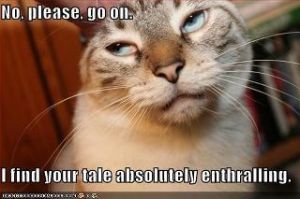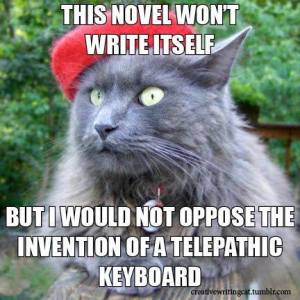First Monday Mentoring Oct 2019 – writing in the fast lane
In previous blogs I’ve looked at how many words you “should” write in a day, the answer being whatever suits your style and life commitments. Everyone is different and whether you write 200 or 2000 words in a given period is up to you.
Just as there are marathon runners and sprinters, there are those who happily write huge word counts. Others write more slowly, perhaps editing and polishing as they go. International best selling writer, Dean Koontz admits this is his style and it hasn’t done him any harm.
There’s another kind of pacing to consider, and that’s the pace of the story itself. It’s great when readers say they couldn’t put your book down, and even better when they say they didn’t want the story to end.
Most writers, including me, are avid readers and I’ve found myself slowing down near the end of a wonderful book, reluctant to part company with characters I’ve come to love. But just as many readers are turned off by thick, dense-looking narratives.
As we move into the final quarter of the year, we’ve all heard – or said ourselves – that we don’t know where the year went. Wasn’t it Christmas only a couple of months ago? Possibly the perception is due to how much entertainment we now pack into a year.
We order online for same-day delivery. There’s speed dating for everything from partners to publishing. Dating shows like “The Proposal” show the lovelorn “meeting and marrying” in an hour. Big life changes happen on screen in an hour on “This Time Next Year.” Even irascible chef, Gordon Ramsay, fixes a restaurant’s problems on fast forward. In movies, transitions are almost instant. Watching the movie “Yesterday” I was impressed how scene changes were shown by running huge translucent headers like LA or LIVERPOOL across the screen.
The need for speed has revived short stories and novellas under 40,000 words. Print and ebook page counts are shrinking. US analyst, Zach Obront, studied dozens of New York Times best sellers and found the average hardcover novel in 2011 was about 500 pages. By 2017 it was under 300 pages and still dropping.
Average word counts have gone from 80,000 words to 60,000 or even less. American retailer, Walmart, told my publisher, Harlequin, that aging customers were asking for larger print sizes. This is easily handled on eReaders, of course, but for print books it meant reducing word counts. My book, “Desert Justice”, was ready to be published and I was tasked with removing 10,000 words from an already-edited book. At first I cut back all descriptive details. Readers now Google anything they want to know more about. Then I made sure every word worked. A tough job but the book was the better for it when I was done.
Modern books need to get in and out of scenes as quickly as possible. Dive straight into the first chapter as close to the action as you can. You may have to write and delete a couple of chapters of set-up. In my current project I wrote 2,000 words of flashback then deleted them in favour of a scene where the heroine sees the hero run off the road on his motorcycle and stops to help.
In general I’m writing only enough description to bring the scene to life. Then it’s on with showing the story through dialogue and action.
Shorter paragraphs and chapters can save those reading on devices from a solid screen of unbroken text. Putting a hook at the end of each chapter has always worked, keeping readers engrossed. Likewise I like to set love scenes in unexpected places, not only bedrooms. In writing workshops where I’ve challenged the group to come up with interesting settings for love scenes, we have inadvertently entertained people within earshot of our efforts. I hope we’ve given them some new ideas as well.
Technology is a given; have characters use it even in remote locations. If not, have reasons why not. Avoid repeating information you’ve already given. Readers “get it.” They want the story to move along at a fast clip while we compete with streamed TV, movies on Netflix and endless memes of cute cats.
What changes have affected your writing lately? What pushes you out of a book? Share your thoughts in the comments below. It’s moderated to avoid spam but your comment can appear right away if you click on “sign me up” at right. I don’t share your details with anyone.
Happy writing!
Valerie Parv
@valerieparv on Twitter and Facebook
SAVE THE DATE
My new workshop is Making Your Book Work
Saturday Oct 12 in Canberra for ACT Writers Centre



